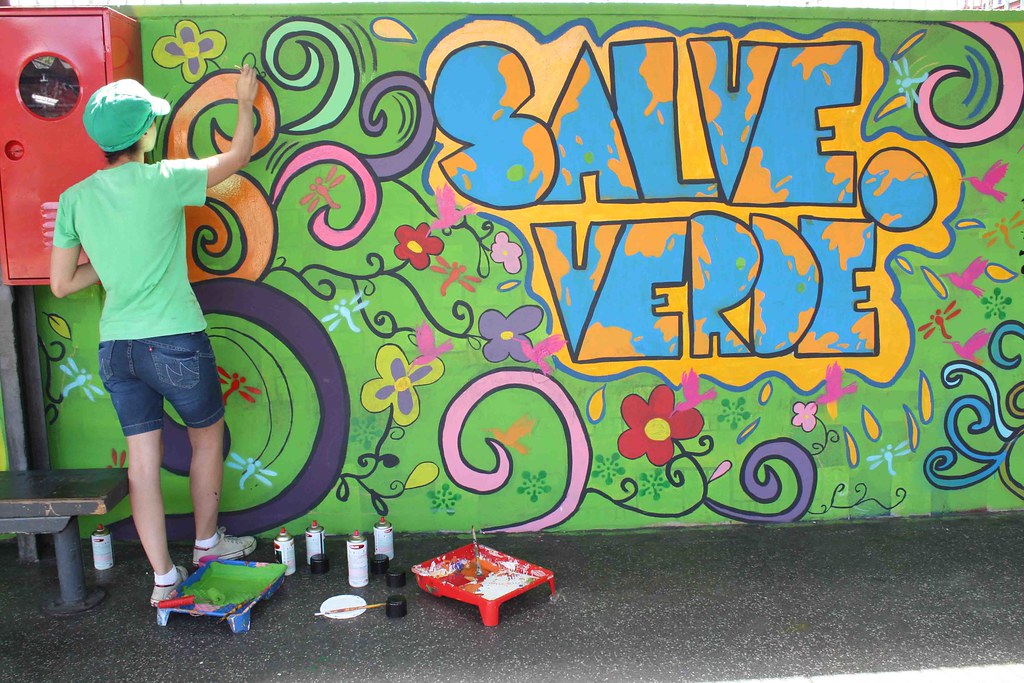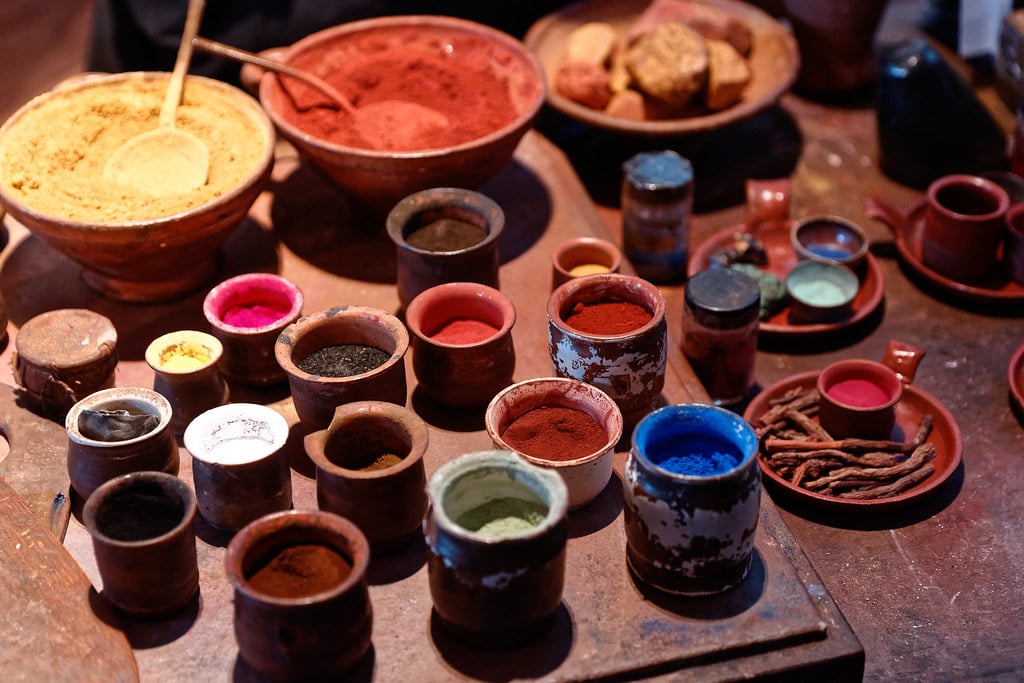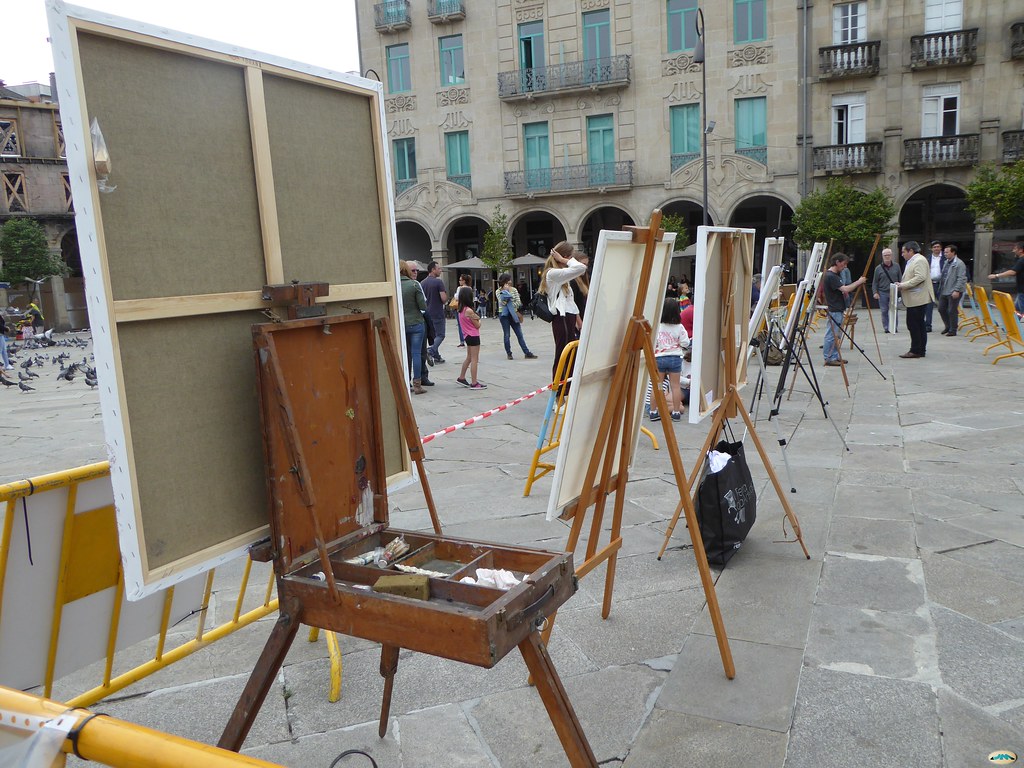
“Jazz.” by sharp notes is licensed under CC BY-NC 2.0
Do you want to start painting but do not know what support or type of paint to choose? Are you overwhelmed by the vast amount of material available? This is your post.
Painting is one of the most popular visual arts that exists, widely valued by those with a special sensitivity, capable of valuing its language. As the philosopher Étienne Gilson said, art is creation and not mere expression of knowledge.
Next we are going to talk about the pictorial matter and of the artistic procedures most common.
Table of Contents
Pictorial matter
When we speak of pictorial matter we refer both to the support that is used, and to the elements that are used to make the painting itself.
Brackets
There is a great multitude of supports on which we can make our work of art: canvas, wood, wall, paper, fabric…
And everything you can imagine. You can paint on rocks, metals, clay…
Once the support is chosen, it is important to know what type of paint we can use on it. In some cases, a first coat of another type of product will be necessary., so that the paint can adhere properly.
Pictorial elements
The painting itself is made up of different components. Within them, we can distinguish three fundamentals: Colorant, the binder and the thinner.
Coloring

“Rembrandt House Museum” by Tuomo Lindfors is licensed under CC BY-NC-SA 2.0
The colorant is the same as the pigment. That which is dyed, colored and painted, that is to say, the base of the painting. It can be of nature chemistry or physical. It is common that it comes from different minerals. Some examples are those derived from clay to create earth tones, from iron oxides for reddish and ocher tones, from coal for black, etc.
Many of the pigments used in history had a high degree of toxicity, so it is important that paints are safe today. Today, these they have to exceed technical standards in order to be marketed safely, developed by the International Organization for Standardization (ISO) and included in the International Color Index (CII).
The binder and its diluent
The binder is a fundamental element for the formation of the paint. It is what the colorant must be mixed with so that it can be applied, since it is in charge of adhering the pigment to the surface. Said binder must contain a diluent.
There are different types of binders depending on your diluent:
- Aqueous binder: your diluent is Water. Thus, the substances that form it can be: egg yolk, vegetable gums such as gum arabic, animal glue (obtained by boiling animal skins, bones, etc.) … These are substances that can be diluted in water.
- Fatty binder: your diluent is of type fatty. For example we have linseed oil (widely used for oil), different waxes, etc.
It is important to know which is the paint binder that we use, as it must be inert to physical and chemical reactions so that it stays better over time (obviously this is an ideal, there is no perfect binder, but it will help us to when choosing).
Artistic procedures

«Painting in the street (10)» by juantiagues is licensed under CC BY-SA 2.0
Once the pictorial material is known, we are going to know the artistic procedures that we can follow to create our work. The most common are:
- The oil. It uses oil as a diluent, being used mainly on wood or canvas. Possibility of creating multiple layers of paint.
- Tempera. Use egg yolk and vegetable glues or gums, the diluent being water. It is used on wall and board. It allows all kinds of retouching and rectifications.
- The water-color. Use a lot of water as a diluent and a small amount of binder, which is usually rubber. Its support is paper.
- The cake. It is a dry paint, so it does not use thinner. Paper, cardboard or cloth are its supports. The paintings usually have a diffuse character.
- Gouache. Water and a large quantity of rubber are used. It is more pasty and thicker than watercolor, but similar to it. It is usually used on fabric.
- Acrylic. Its binder is of synthetic origin, being glue or resin. High density and quick drying. It can be used on a multitude of surfaces.
And you, what are you waiting to start painting?


